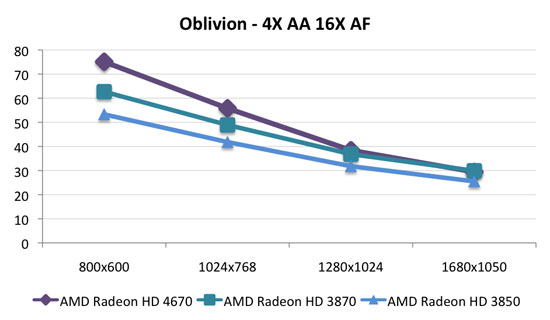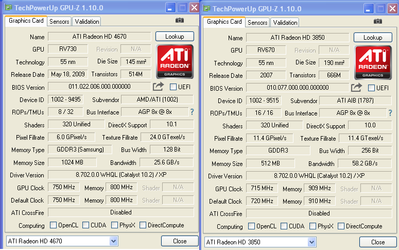Reply 20 of 48, by RacoonRider
- Rank
- Oldbie
wrote:The X1900 series cards were awesome (and still are). The AGP versions (like the X1950 PRO) are great for older AGP machines and windows XP. The x1900 were also the first cards from ATi to support multi-GPU configurations, using an external connector reminiscent of a voodoo card setup. Crossfire required a "Crossfire Edition" master card witch could be mated with a regular card for multi-gpu. The latter X1950 PRO PCI-E used an internal modern CF cable and did not require a special master card for multi-gpu.
Crossfire was available since X800 series... https://www.newegg.com/Product/Product.aspx?I … N82E16814102639





